Rent Reference Letter Template for Tenants and Landlords
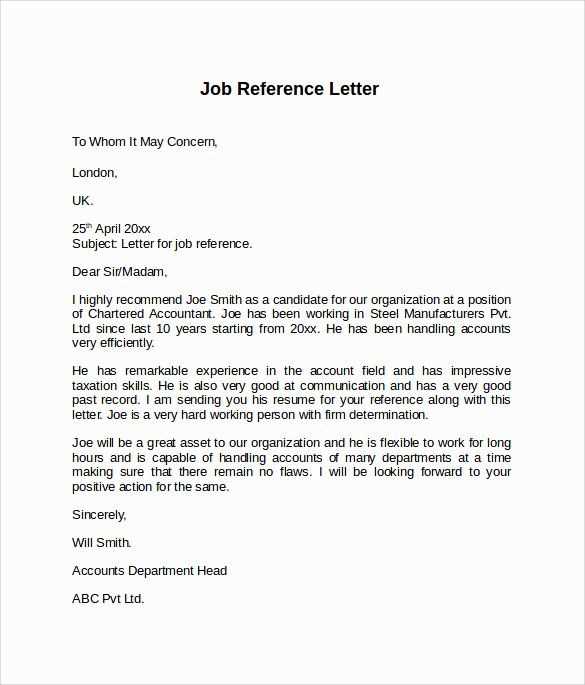
When it comes to securing a new place to live, providing a written endorsement can significantly enhance an applicant’s chances. This document serves as a formal affirmation of someone’s reliability and character, allowing potential landlords to evaluate them quickly. Such an endorsement is a common requirement in rental processes, assisting both tenants and property owners in ensuring smooth agreements.
What to Include in Your Document
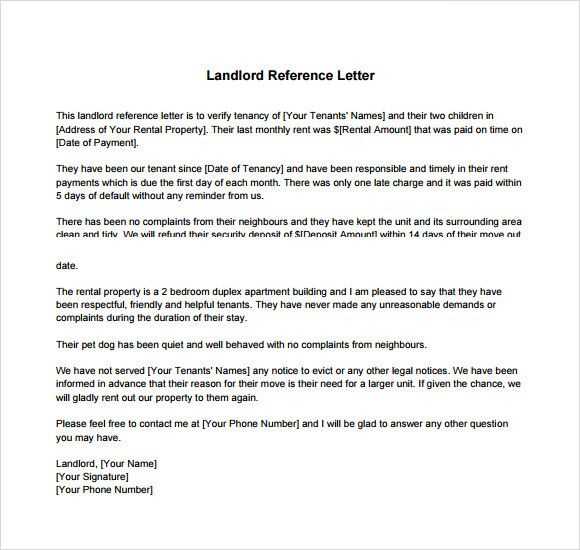
To craft an effective endorsement, certain key details must be included. This ensures the message is clear, structured, and serves its intended purpose. Below are the essential elements:
- Introduction: Briefly introduce the person being discussed and their role in the rental process.
- Character Assessment: Highlight the individual’s personal qualities that make them a trustworthy candidate.
- Rental History: Discuss any relevant past experiences, particularly regarding punctuality, property care, or behavior.
- Conclusion: Summarize the positive attributes and recommend the individual for the opportunity.
Structure Your Message Clearly
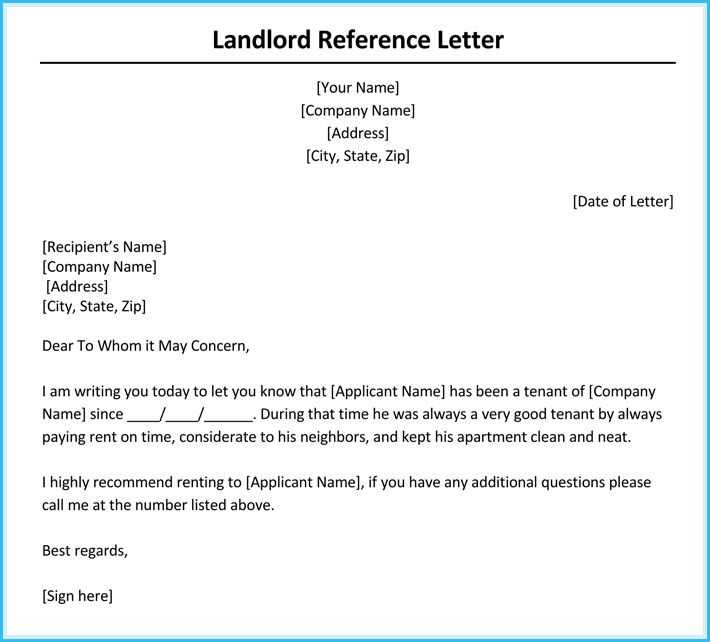
A well-organized endorsement is crucial. Begin with a short introduction about the individual, followed by a detailed assessment of their character and past rental experiences. Be concise yet thorough to convey trust and reliability. Finish with a strong recommendation to further support their application.
Why This Document is Important
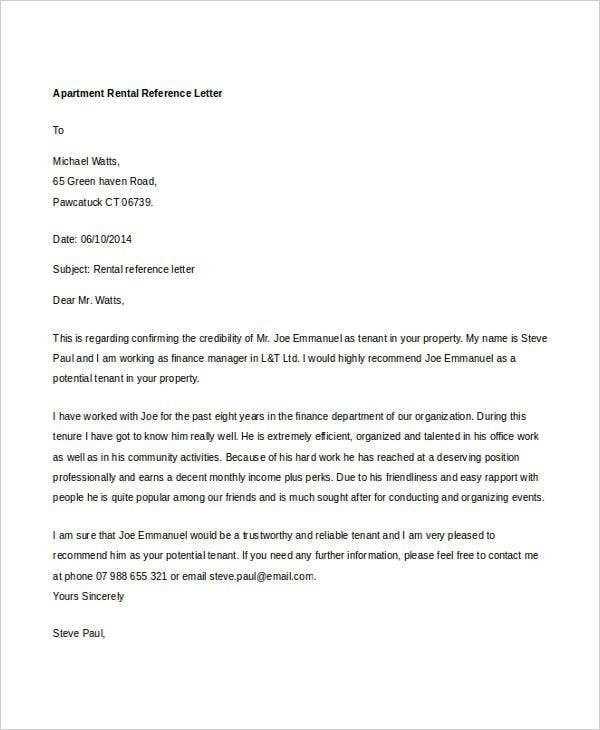
For both tenants and landlords, this written confirmation acts as a critical piece of the decision-making process. It offers assurance, aids in evaluating reliability, and can sometimes be the deciding factor in securing a lease agreement. The goal is always to present an honest and thoughtful portrayal of the individual, helping them stand out in a competitive housing market.
Why Rental Endorsements Are Crucial and How to Craft Them
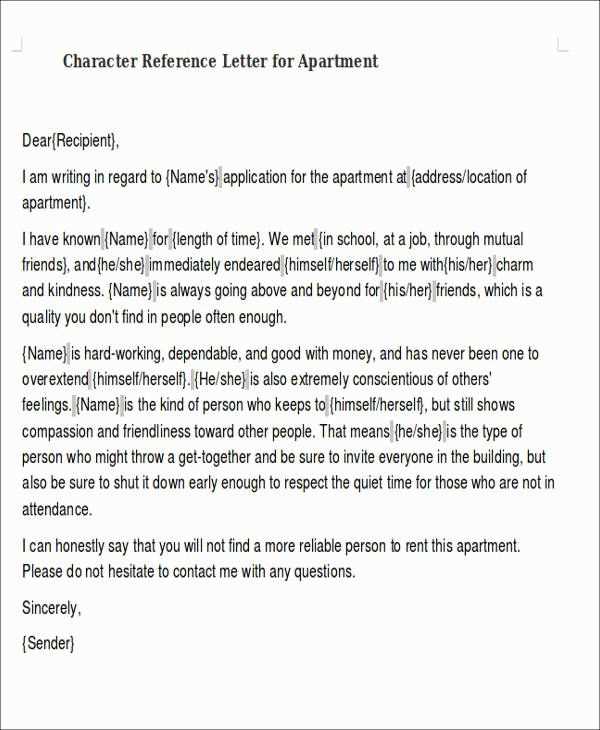
When seeking housing, a written affirmation from a former landlord or associate can provide valuable insights into an applicant’s reliability and suitability for a property. These documents play a significant role in the decision-making process, offering reassurance to property managers and easing the renting procedure. Below, we explore the importance of these documents, how to write them effectively, and how to avoid common mistakes.
Why These Documents Matter
A well-crafted endorsement helps landlords assess the trustworthiness of potential tenants by offering a detailed account of their past behavior, financial reliability, and respect for property. This information often plays a critical role in the decision to approve or deny a rental application.
Steps to Create a Strong Endorsement
Writing an endorsement begins with understanding the purpose it serves. Start by stating your relationship with the applicant and the context of your interaction. Follow up with a discussion of the tenant’s qualities–such as their punctuality with payments, care for the property, and overall conduct during their tenancy. Conclude with a strong recommendation for the individual’s future rental applications.
Key Components to Include
Be sure to include the following essential points to make the endorsement compelling:
- Introduction of the individual and your connection
- Details on their rental behavior and past experiences
- A clear, positive recommendation to support their application
Helpful Tips for Property Managers
For landlords composing these affirmations, it is crucial to remain objective and honest. Avoid exaggerating or omitting significant details. Keep the tone professional and emphasize aspects of the applicant’s behavior that align with your expectations for a good tenant.
Common Pitfalls to Avoid
One frequent mistake is providing vague or overly generic descriptions. Another error is failing to offer specific examples of the tenant’s positive behavior. These mistakes can make the endorsement less impactful and fail to provide the necessary insight to landlords.
Making the Document Unique
To personalize an endorsement, focus on the applicant’s unique qualities. Rather than using a generic template, tailor the message to reflect the individual’s personality, actions, and contributions as a tenant. This will provide a more genuine and useful document for both parties.